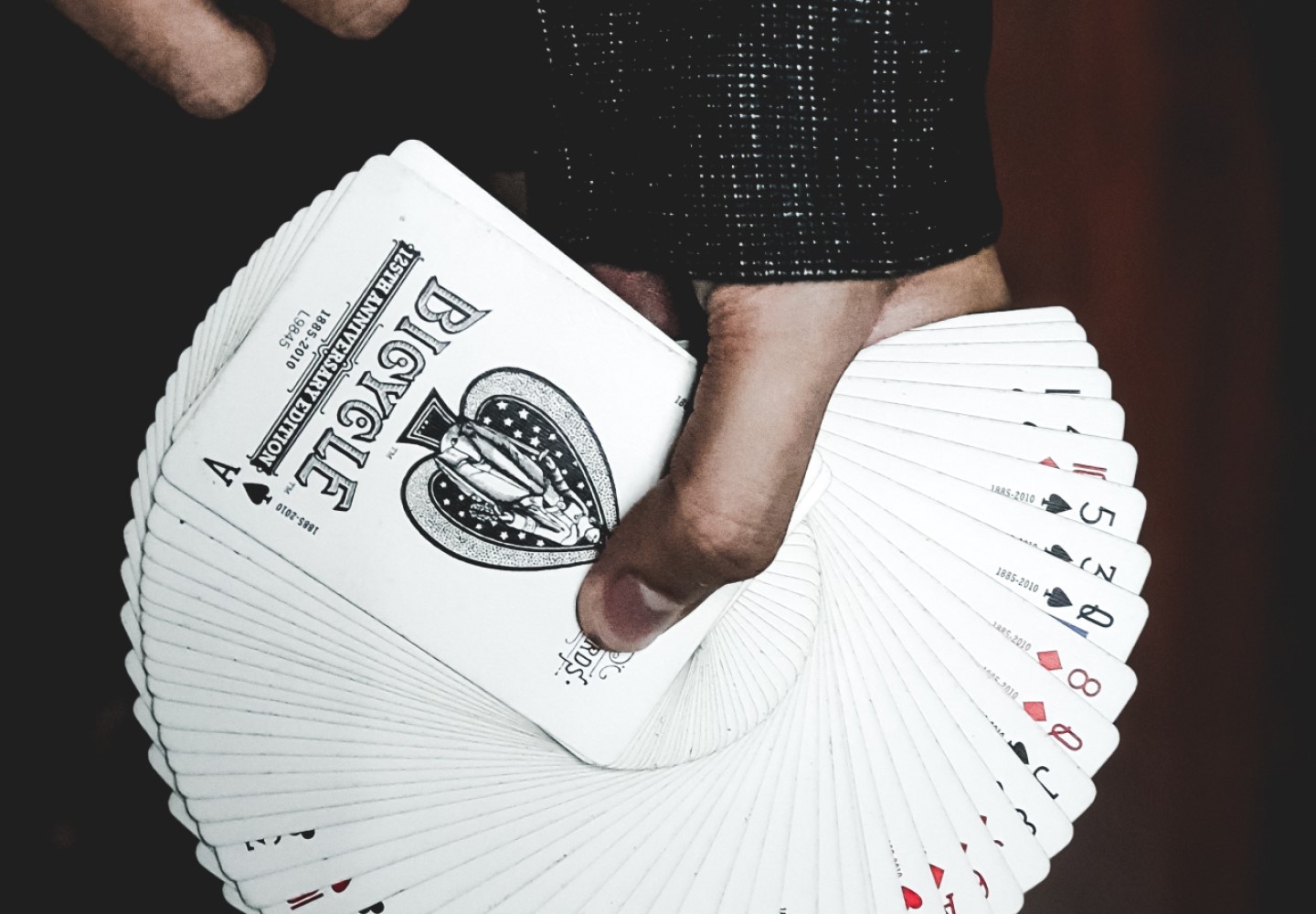Painting, like any other art form, is a slice of its time, a way to preserve the flavor of an era for centuries, to convey the spirit of a moment, a day, a generation. The canvases of famous artists allow us to look beyond the veil of time into the past, to see the life of our ancestors in all its glory of artistic reproduction. And this life, as it turned out, like today’s era, is imbued with excitement and passion for the game. As proof, there are many eloquent canvases, the most interesting of which I propose to discuss in this article.

“Shulers”. Caravaggio
This is one of the most famous paintings on the theme of gambling. The name of Caravaggio does not require an extra introduction. The painting was painted at the time of his formation as an artist after he left the studio of Cesare d’Arpino. The picture depicts a well-dressed young man, and two cheaters are already ready to wrap him in their nets – one has cards hidden behind his back, the second tries to peep into the cards of a young man whom they are going to cheat. The bright canvas is not devoid of the drama of the situation, which opens up to an attentive viewer – the calm course of the game can flare up with violence at any moment, because one of the cheaters has a dagger in his belt.

“The End of the Card Game” Messinier
Jean-Louis-Ernest Messonnier is not as famous among the general public as Picasso. But in the 19th century, he was a recognized painter whose paintings were sold at fabulous prices. His “Chess Game” has nothing to do with real passion, a completely different feeling is “The End of the Card Game”. A bright, expressive picture that conveys the climax of the confrontation between two inveterate and hot players. Without resolving the dispute with words, they grab their swords and kill each other. It is difficult, in my opinion, to convey the apogee of the game more expressively than Messonnier did. And indeed – for both the game is over. If you are interested in gambling, we recommend that you try your luck in an online casino – minimum deposit casino
“Preference”. Vasnetsov
For Viktor Mikhailovich Vasnetsov, such a plot is not familiar. A singer of Russian folklore and nature, he suddenly turned to the image of gamblers. Vasnetsov’s attitude to gambling, apparently, was not the best. The Preferans are depicted bored, and the atmosphere of the painting lacks the fire and drama of a card game. Two out of five players who are not busy with what is happening at the table frankly do not know what to do with themselves. Vasnetsov chose an unusual approach to portraying excitement.
“Card player” (“Gambler”). Picasso
The Spanish genius paints this picture at the moment of his passion for cubism, so for an inexperienced viewer it is something incomprehensible with cards in the middle. Well, this is the vision of the creator, but it’s hard not to notice that the cards in the picture, replete with geometric elements, are given a central place.
“Card Players” Paul Cezanne
Another masterpiece of world art. More precisely, this is a series of five paintings united by the theme of playing cards. Three of them are variants of the same composition, where two people sit at a table and hold cards in their hands. Only the surroundings on all canvases are different. The other two paintings are also similar to each other. The difference is in the details. And here the artist depicted not excitement, but a routine, even sometimes it seems that the players are killing time. There is nothing to do, why not spread to the cards? Do the characters just have dull faces, or maybe they are immersed in a heavy thought?
“Before starting”. Degas
The French classic Edgar Degas was fond of horse racing, so it is not surprising that there are so many jockeys and horses in his paintings. For example, “Racehorses in front of the stands”, “At races in the countryside”, “Races in the field” and others. In my opinion, the most revealing painting by Degas on this topic is “Riders before the start”. The audience has already gathered, the jockeys in the saddles, the race will soon start. Men on horseback sit calmly and even with dignity. And in the heat of excitement, one must maintain undaunted fortitude, although it is known how dangerous horse racing was for jockeys. Big money on the hippodrome – big risk.
Soldiers playing cards and dice. De Boulogne
In Valentin de Boulogne, the theme of cards and games runs through a number of paintings. The plot of the painting “The Dodger” is reminiscent of the canvas “Rounders” by Caravaggio, which was discussed above. More than once, the French artist depicted fortune-tellers who are short-handed with cards. But our attention is riveted to the painting “Soldiers playing cards and dice.” Soldiers not engaged in their direct business indulge in gambling with passion and tension in their faces. One couple is playing cards, the other is throwing dice. The dynamism of what is happening is masterfully conveyed by de Boulogne.
The Card Players Lucas van Leyden
Lucas van Leyden, a painter from the beginning of the 16th century, plunges us even deeper into the abyss of centuries. And here people, driven by excitement, indulge in their favorite game of cards. Unbridled passions were not customary to convey in those days in painting, the faces on the canvas are concentrated and, as it were, pious. But the poorly hidden interest in the result of the game shows through in the faces full of languishing expectation. The artist hid, but could not hide their tension. Behind the outward decency are hidden emotions that need to be released. Game, excitement – and six centuries ago they also rule the ball.